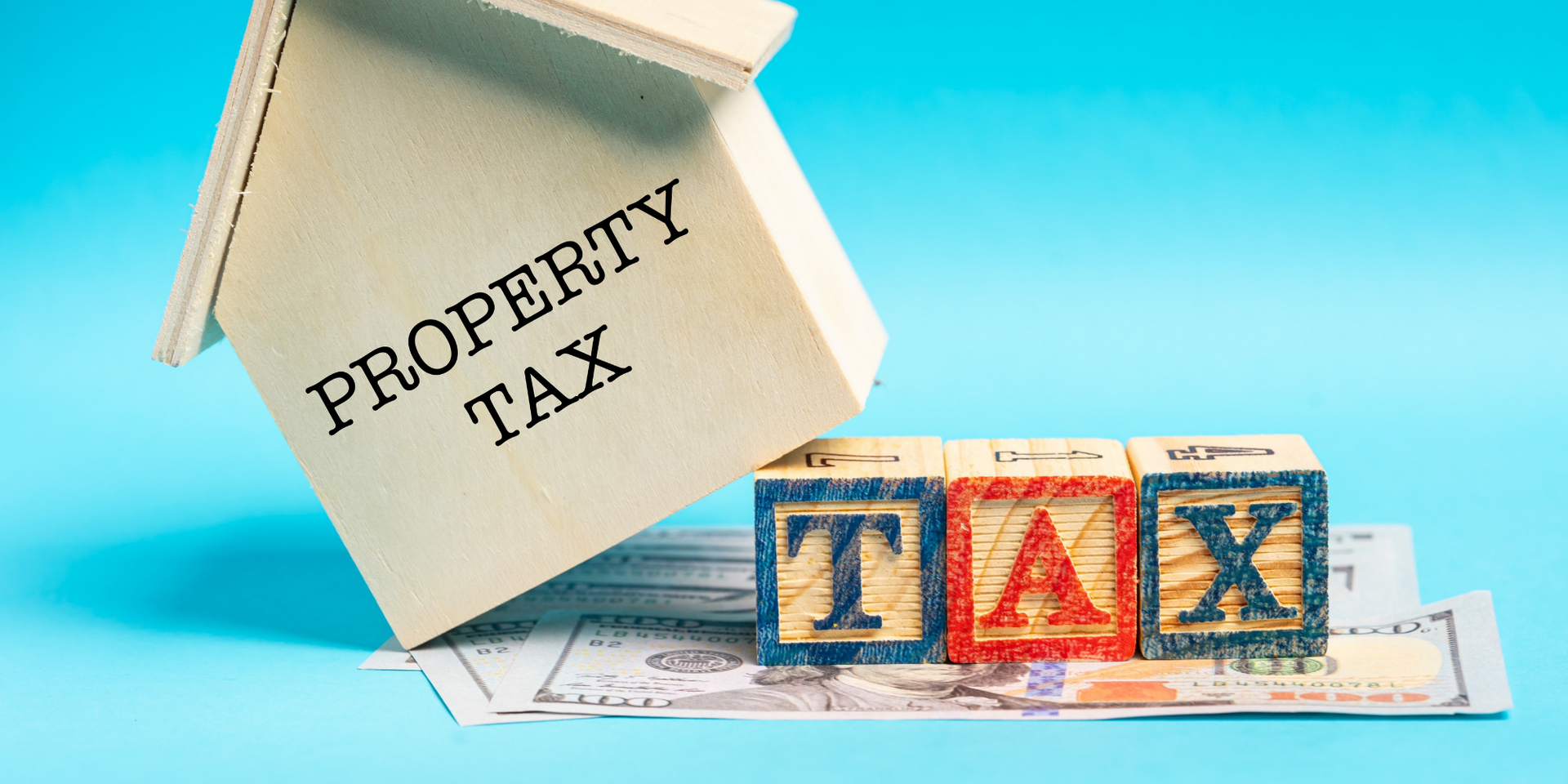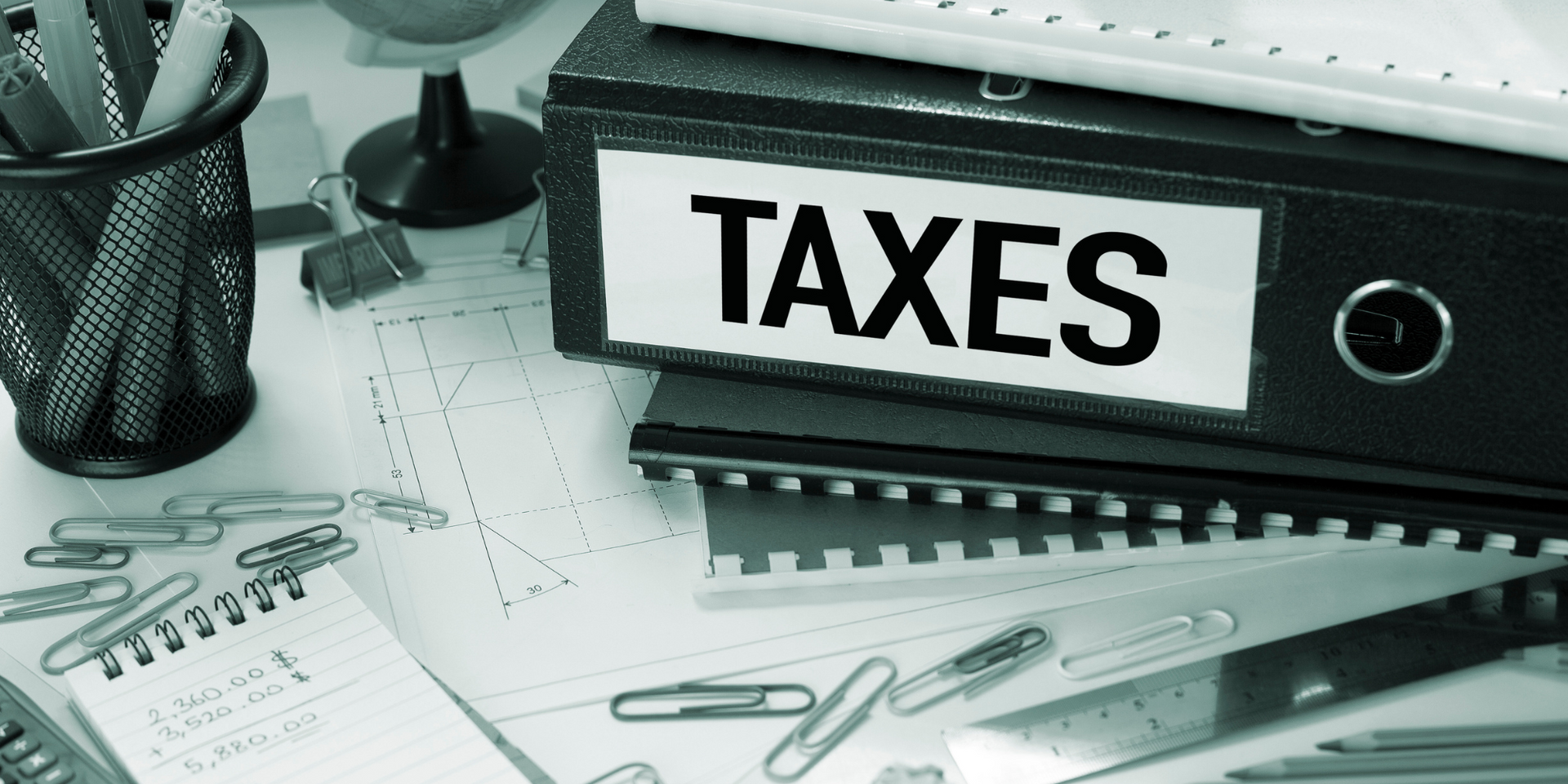Complete Guide to the Multigenerational Home Renovation Tax Credit
Thinking of renovating your home to create space for grandma and grandpa to move in? The government has introduced a great new program, the multigenerational home renovation tax credit (MHRTC), to help cover the costs of adding a secondary dwelling unit for a qualifying family member.
Here’s a breakdown of how multigenerational homes work and how you can benefit from this helpful home renovation tax credit.

What Are Multigenerational Homes?
Multigenerational homes consist of two generations of adults living under one roof. These setups are becoming increasingly common as families come together to share expenses and care for aging relatives, with rising housing costs making it a practical solution.
A secondary dwelling unit is a self-contained space within your home, featuring its own entrance, bedroom, kitchen, and bathroom. Creating such a unit can be costly, but the MHRTC aims to ease the financial burden.
What Is the Multigenerational Home Renovation Tax Credit?
Introduced in the 2022 federal budget, the MHRTC helps families offset the cost of building a secondary dwelling unit for a qualifying family member. This tax credit allows you to claim 15% of eligible renovation expenses, up to a maximum of $7,500.
Who Is Eligible for the MHRTC?
To qualify, you must build a secondary dwelling unit for a qualifying family member who meets one of the following criteria:
- 65 years or older by the end of the year the renovation is completed.
- 18–64 years old and eligible for the disability tax credit.
- The spouse or common-law partner of the qualifying individual.
- The parent, grandparent, child, grandchild, sibling, aunt, uncle, niece, or nephew of the qualifying individual, and 18 years or older by the end of the year.
What Expenses Qualify for the MHRTC?
Eligible renovation expenses include:
- Building materials.
- Equipment rentals.
- Labour from professionals like electricians, plumbers, or architects.
- Permits.
Ineligible expenses include:
- Personal labour, tools, or time.
- Outdoor maintenance or gardening.
- Household appliances.
- Security monitoring.
- Expenses without receipts.
Are Home Renovations Tax Deductible in Canada?
Yes, certain home renovations are tax deductible, particularly for seniors and individuals with disabilities. These eligible renovations aim to improve accessibility and safety in the home.
What Is the Home Renovation Tax Credit in Different Provinces?
- Ontario: No longer offers a provincial home renovation tax credit.
- British Columbia: Provides a home renovation tax credit for residents who live with a senior family member. This allows up to $10,000 in eligible expenses, for a maximum credit of $1,000 annually.
Claiming the MHRTC
To claim the MHRTC on your 2023 tax return, file your expenses under line 45355 of the T1 General Tax Form. Ensure that you have all necessary receipts and documentation, which must include:
- A description of goods and services purchased or work done.
- The vendor’s name, business address, and GST/HST number.
- Purchase and completion dates.
If you’re ready to create a welcoming space for a loved one, the MHRTC can help make those renovations more affordable.
Key Takeaways
- The MHRTC offers up to $7,500 for home renovation costs in 2023 and beyond.
- It provides a 15% credit on renovation expenses incurred to build a secondary dwelling unit after January 1, 2023.
- The tax credit applies if you’re building the unit for a senior family member or a family member aged 18–64 who qualifies for the disability tax credit.











